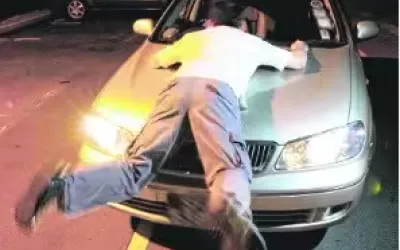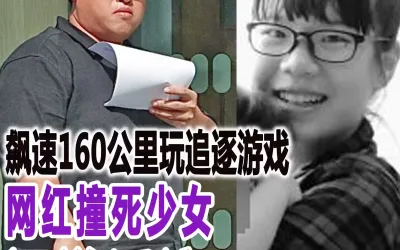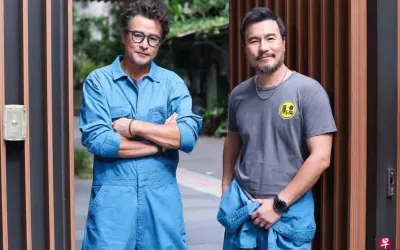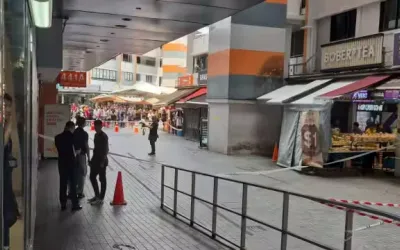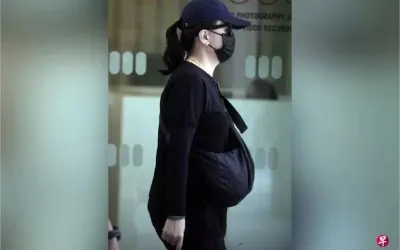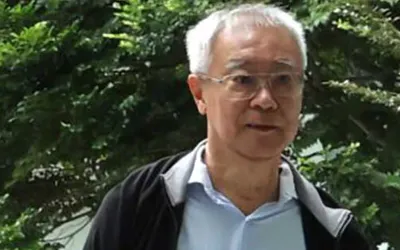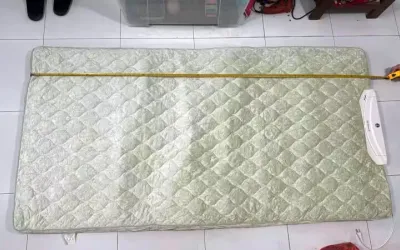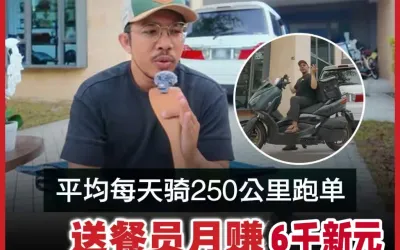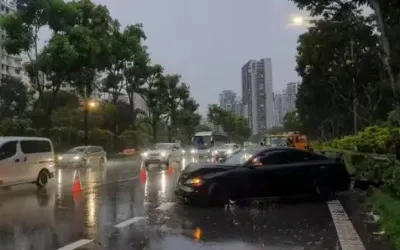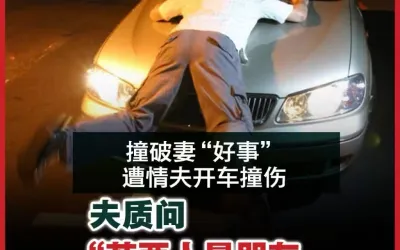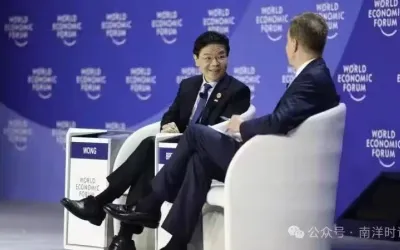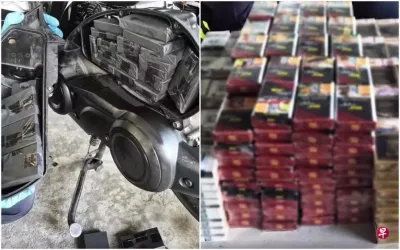2024年5月8日,新加坡交通部長徐芳達回復阿裕尼集選區議員嚴燕松關於ERP 2.0(電子道路收費系統2.0)的補充質詢。
以下內容為新加坡眼根據國會英文資料翻譯整理:
對ERP2.0車載收費系統反饋意見的回應(3)
議長先生:又有三位議員想提出補充質詢。我重複我早些時候的提醒:對於提出補充問題的人,請簡短提問;同樣,對於那些回應者,請保持簡短的回覆。請只提出一項補充質詢。有請嚴燕松先生。
嚴燕松先生(阿裕尼集選區議員):謝謝議長先生。徐部長先生,LTA(陸交局)在制定ERP 2.0規範時是否考慮了智慧型手機的廣泛可用性?如果是,為什麼沒有採取智慧型手機優先的方法?
徐部長,使用智慧型手機而不是笨重的OBU可以節省大量的安裝工作量、硬體成本和長期維護成本。部長是否準備下令重新設計ERP 2.0的系統,使其首先實現移動化?需要明確的是,我並不是說像部長剛才所說的那樣,將手機作為第二選擇。我說的是將其作為默認選項。
其次,我知道目前還沒有實施按距離收費計劃,但考慮到按距離收費是這一新系統的關鍵原因之一,它的實施似乎是不可避免的。我的問題是,政府是否考慮過按距離收費對那些以開車為生的人(包括計程車司機、網約車司機、送貨司機和快遞員)的重大成本影響。
徐芳達部長:議長先生,關於嚴燕松先生提出的第二項質詢,我認為他不應操之過急。我在COS(供應委員會)演講中說過,我們正在考慮將按距離收費作為一種可能的選擇,我們需要進一步研究。在我的COS演講中,我也承認存在影響不同利益相關方群體的權衡。因此,我們在進行這項審查時需要非常謹慎和慎重。
我想我在剛才的主要答覆中,並沒有如嚴燕松先生所說,認為這是必然的結果。因此,我要敦促嚴燕松先生不要誇大這一點。ERP 2.0給我們的是,如果我們願意,可以選擇按距離收費,在這樣做的過程中,我們當然需要考慮對不同用戶群體的影響,以及總體上對社會的好處是什麼。
議長先生,關於第一個問題提到的智慧型手機的應用,我們不止一次地研究過這個問題,而且與不同的利益相關者群體進行了多次討論。這取決於你想用智慧型手機做什麼。如果您想使用智慧型手機顯示信息,我們允許。這並非不可行的。當然,這是可行的。我們已經研究了這個方案,如果人們願意,我們將允許他們不使用顯示屏,使用智慧型手機或車載顯示屏。這是一個選項。
不過,智慧型手機是隨身攜帶的東西。它沒有固定在車輛上。出於ERP的目的,無論是按距離收費還是其他類型的收費,我們都需要一個固定在車輛上的設備,這樣您就可以知道車輛在哪裡,也不會對設備是否正常工作產生爭議。
議長先生,還有第二個考慮因素,即數據傳輸的安全性。因為OBU是單向傳輸信息的,而手機則是雙向傳輸。而手機,取決於你使用的型號、軟體和安裝的應用程式,我認為你無法保證數據安全和系統安全,包括防篡改。
因此,出於所有這些原因,智慧型手機系統將無法實現我們希望通過ERP 2.0實現的所有功能。但當然,我認為作為與處理單元和天線集成的一部分,使用智慧型手機取代觸摸屏顯示器是有可能的。

以下是英文質詢內容:
RESPONSE TO FEEDBACK ON ROLL-OUT OF ERP 2.0 ON-BOARD UNIT FOR VEHICLES(3)
Mr Speaker: I see three more Members who want to ask supplementary questions. I repeat my earlier reminders: for those asking, keep your supplementary questions short; and likewise, for those responding, keep your replies short. And limit it to one supplementary question, please. Mr Gerald Giam.
Mr Gerald Giam Yean Song (Aljunied): Thank you, Sir. Sir, did LTA considered the widespread availability of smartphones when developing the specifications for ERP 2.0 and if so, why was the mobile first approach not taken?
Sir, using a smartphone instead of an unwieldy OBU could save a tremendous amount of installation effort, hardware cost and long-term maintenance costs. Is the Minister prepared to order a system redesign of the ERP 2.0 to make it mobile first? And to be clear, I do not mean providing the mobile phone as an as a secondary option, like what the Minister had just said. I am talking about making it a default option.
And secondly, I understand that there are no immediate plans to implement distance-based charging, but given that distance-based charging is one of the key reasons for this new system – its implementation seems inevitable. My question is, has the Government considered the significant cost impact that distance-based charging will have on those who drive for a living, including taxi drivers, private hire drivers, and delivery drivers and riders.
Mr Chee Hong Tat: Mr Speaker, I think on the second question from Mr Giam, he should not jump the gun. I have said in my COS speech that we are looking at distance-based charging as a possible option that we need to study further. In my COS speech, I also acknowledge that there are trade-offs affecting different groups of stakeholders. Therefore, we need to be quite careful and deliberate in how we go about with this review.
I think that in my main reply, I did not suggest anything that this is an inevitable outcome, as what Mr Giam mentioned. So, I will urge Mr Giam not to overstate the point. What ERP 2.0 gives us is the option to do distance-based charging if we wish to do so, and if in the process of doing that, certainly we need to consider the impact on different groups of users and, overall, what is the benefit to society.
Sir, on the first question on smartphones, we have looked at this, not just once, but several times and with different groups of stakeholders. It depends on what you want to use a smartphone for. If you want to use a smartphone for displaying the information, we are allowing that. It is not something that would be unworkable. Certainly, it is feasible. We have studied that option, and we are going to allow people to opt out of the display and to use a smartphone or their in-vehicle display, if they wish to. That is an option.
However, because your smartphone is something that you carry with you. It is not secured to the vehicle. We need, for the purposes of ERP – whether it is distance-based or other types of usage-based charging – you need a device that is secured to the vehicle so that you know where the vehicle is and there is no dispute about whether the device is functioning or not.
There is also a second consideration, Sir, which is the security of the data transmission. Because the OBU is designed to transmit the information one-way, whereas a phone, you would have two-way transmission. And a phone, depending on the model that you use and the software, and the apps that you install, I do not think you can be assured of the same level of data security and systems security, including against tampering.
So, for all those reasons, a smartphone system would not be able to fulfil all the features and functionalities of what we want to achieve with ERP 2.0. But certainly, I think as part of integrating with the processing unit and the antenna, the use of a smartphone to replace the touch-screen display is a possibility.
Mr Speaker: We are only at Question No 8, so I will allow one last supplementary question. Mr Louis Chua.
Mr Chua Kheng Wee Louis (Sengkang): Thank you, Speaker. Just one quick supplementary question for the Minister. I note the Minister’s explanation about temperature being the reason why we cannot have the one-piece design on cars, but I just wanted to confirm that this new OBU actually meets the minimum grade force standard of the Automotive Electronics Council Q100 requirements for reliable operations in Singapore’s climate.
Mr Chee Hong Tat: Sir, LTA has done a series of tests to ensure that the OBU was able to function if it is installed properly in our weather, in our climate. So, not just to look at the temperature, that is one factor, but also to take into account safety aspects. So, for example, if there is going to be an accident, we did crash tests as well, to make sure that the OBU, if it is installed properly, according to the proper procedure, will not pose a safety risk to the motorist and passenger.
So, it is quite a comprehensive set of tests that has been done to take care of the different aspects, but what we need to continue to do is to work with our partners and with stakeholders, including motorists, mechanics, our service ambassadors, to continue to find ways in which we can improve the user experience and allow more value to be delivered to motorists with this capabilities of the ERP 2.0 system.
Beyond what I have shared earlier, there could be more functionalities that could be possible and we remain open to good ideas from our stakeholders on how we can maximise this value for motorists, through the capabilities and functionalities of ERP 2.0.
CF丨編輯
HQ丨編審
新加坡國會丨來源
新加坡國會丨圖源
